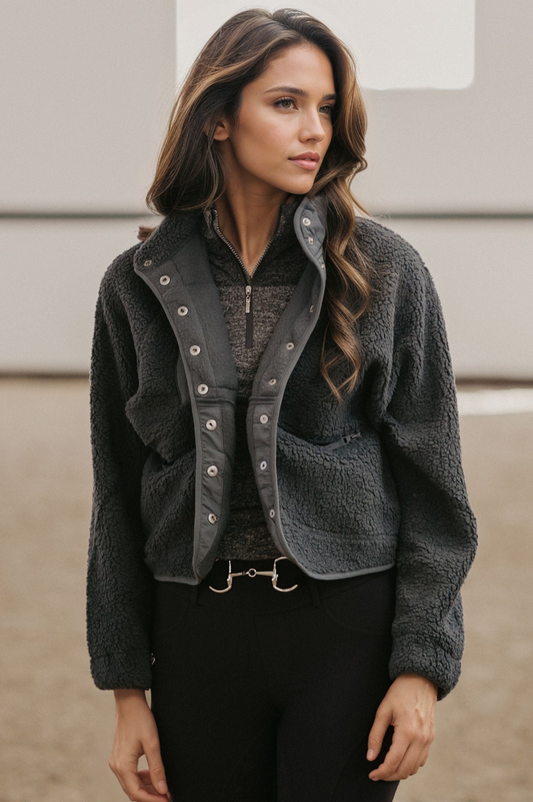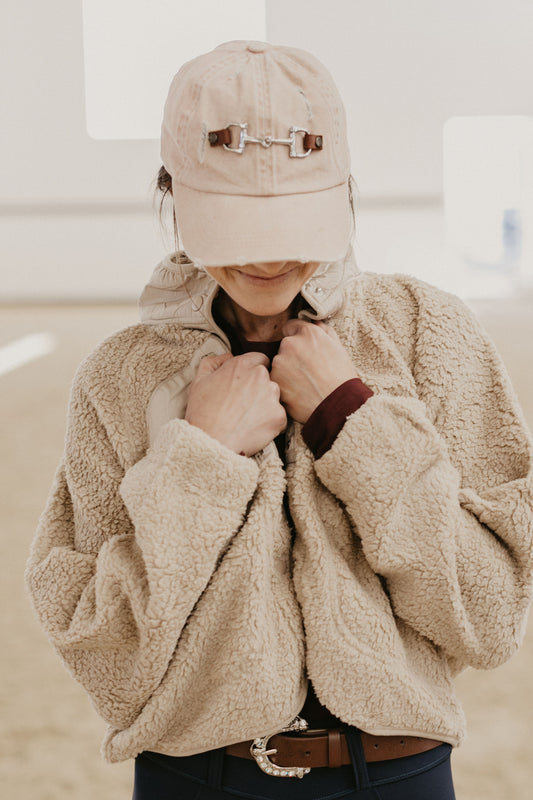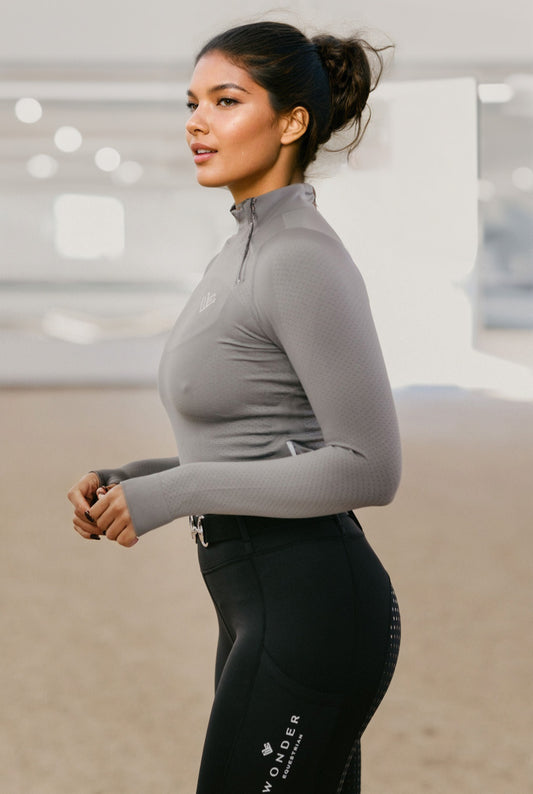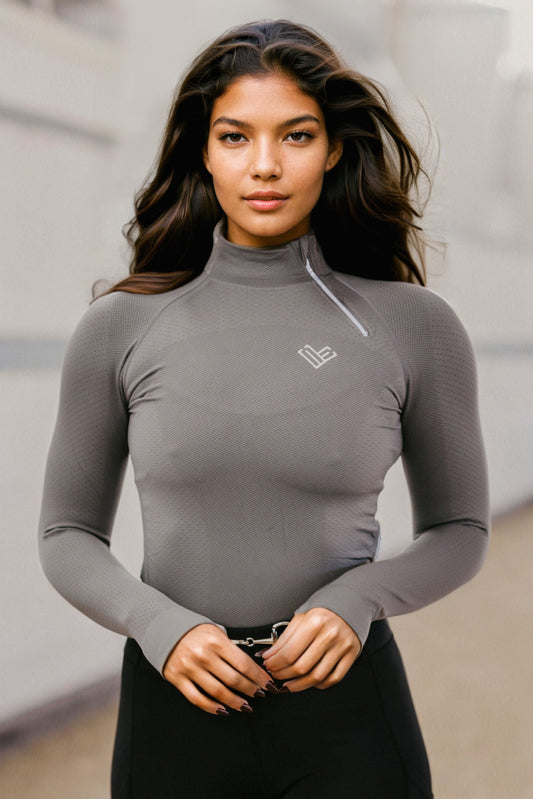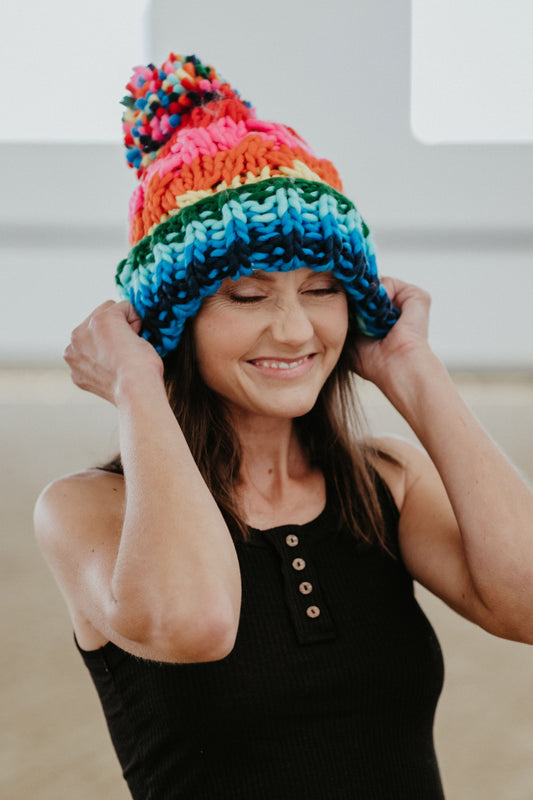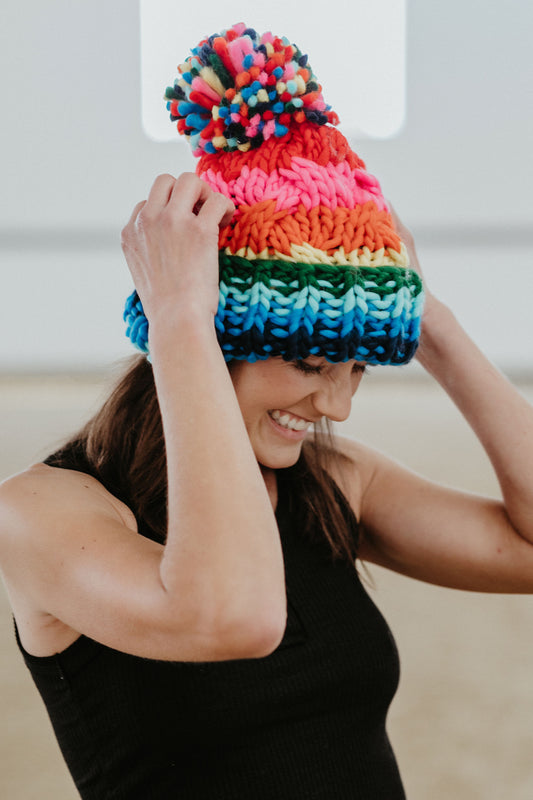The Rich Tapestry of Equestrian Attire Across Cultures
Equestrian attire, a symbol of heritage, functionality, and identity, has traversed through time and cultures, embodying the essence of the bond between human and horse. This rich tapestry reflects not just the practicality required for horseback riding but also the cultural values and historical narratives of diverse communities around the world. From the intricate designs of the East to the rugged functionality of the West, equestrian attire speaks volumes about the societies from which they originate.
The European Legacy
In Europe, the history of equestrian attire is closely linked to the aristocracy and the evolution of riding as a leisure and military activity. The iconic image of the European rider, clad in a tailored jacket, breeches, and polished leather boots, encapsulates centuries of tradition and refinement. The British hunting attire, with its distinctive tweeds, is not just about aesthetics but also practicality, designed to offer comfort and protection against the harsh English countryside. These garments, while serving a functional purpose, also signify class distinction and social status, underscoring the deep-rooted connection between equestrianism and European heritage.
The Vibrance of Latin America
Moving across the Atlantic, the equestrian attire of Latin America bursts with vibrancy and color, reflective of the region's passion and spirit. In countries like Mexico, the charro suit—an elegant ensemble consisting of embellished jackets, tight trousers, and sombreros—demonstrates the cultural significance of horseback riding. This attire, worn during rodeo-like competitions known as charreadas, showcases intricate embroidery that tells stories of historical battles and folklore, celebrating the rider's skill and bravery. The charro suit, beyond its beauty, is a powerful emblem of national pride and cultural resilience.
The Functional Attire of the North American West
In stark contrast to the formality of European and Latin American riding clothes, the North American West prioritizes functionality and ruggedness. The cowboy, an enduring symbol of American folklore, is typically seen in denim jeans, leather chaps, cowboy boots, and wide-brimmed hats. This attire, born out of necessity, is designed to withstand the demanding conditions of cattle herding and life on the frontier. However, like its counterparts around the world, it also carries significant cultural weight, embodying ideals of independence, resilience, and the pioneering spirit that shaped the American West.
Equestrian Attire in the East: A Harmony of Tradition and Elegance
Asian equestrian attire blends tradition with elegance, offering a starkly different perspective on rider apparel. In countries such as Japan and Mongolia, where horses have played a critical role in culture and history, riding clothes are deeply symbolic. The Japanese uma-jirushi, for example, are vibrant and elaborate garments worn during Yabusame (archery on horseback), reflecting samurai traditions and the spiritual bond between rider and horse. Similarly, in Mongolia, the traditional deel—a long, coat-like garment—serves as both everyday attire and riding gear, showcasing the seamless integration of the horse into the fabric of Mongolian life.
Equestrian attire, in all its forms, tells the story of humanity's journey alongside the horse. It is a narrative woven from threads of necessity, cultural expression, and historical significance. As we explore the diverse styles and garments of riders around the globe, we gain insight into the shared passion that unites them: the love of the horse. This global gallop through equestrian attire underscores not only the uniqueness of each culture but also the universal bond between humans and their equine partners.
Shop Wonder Equestrian!



